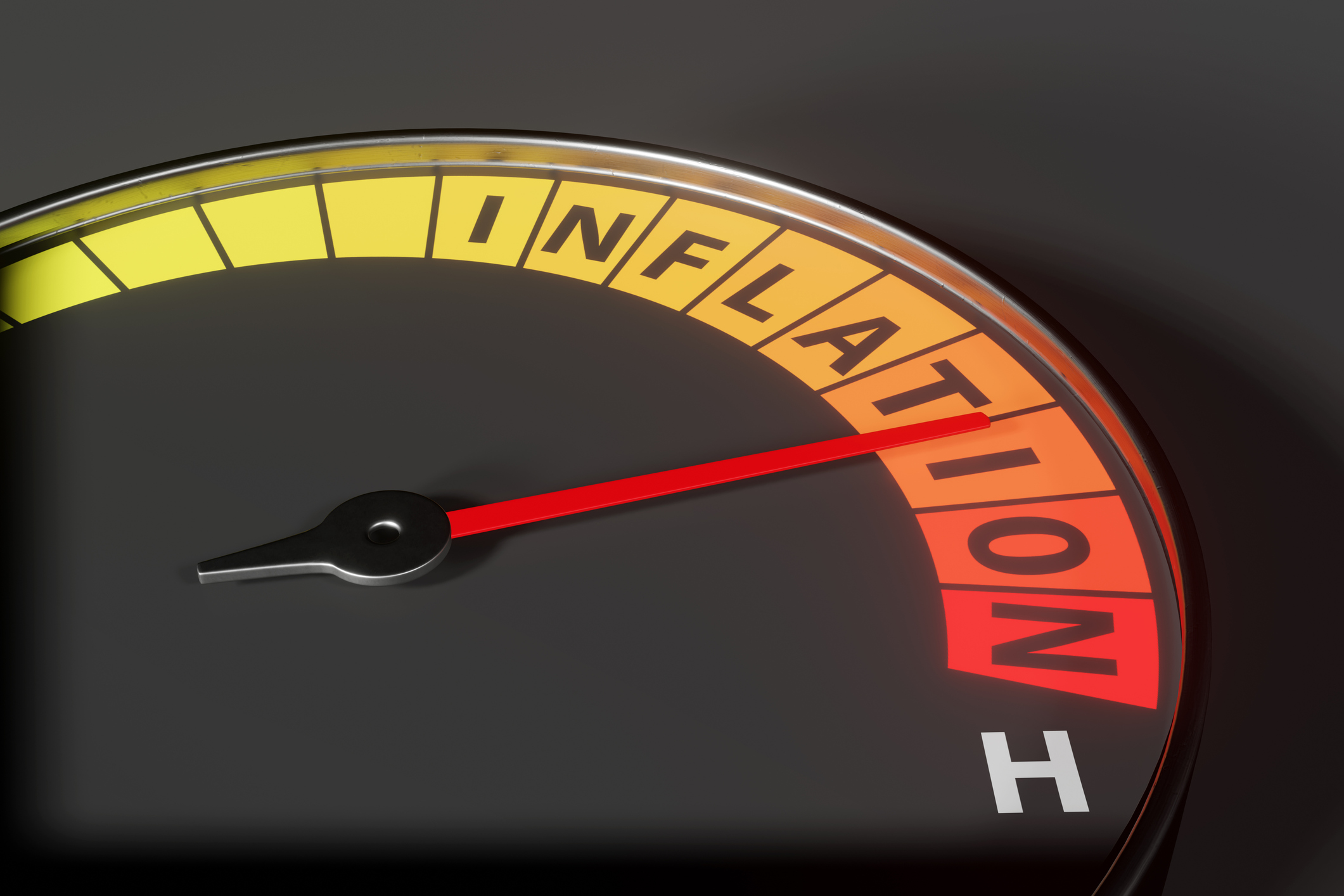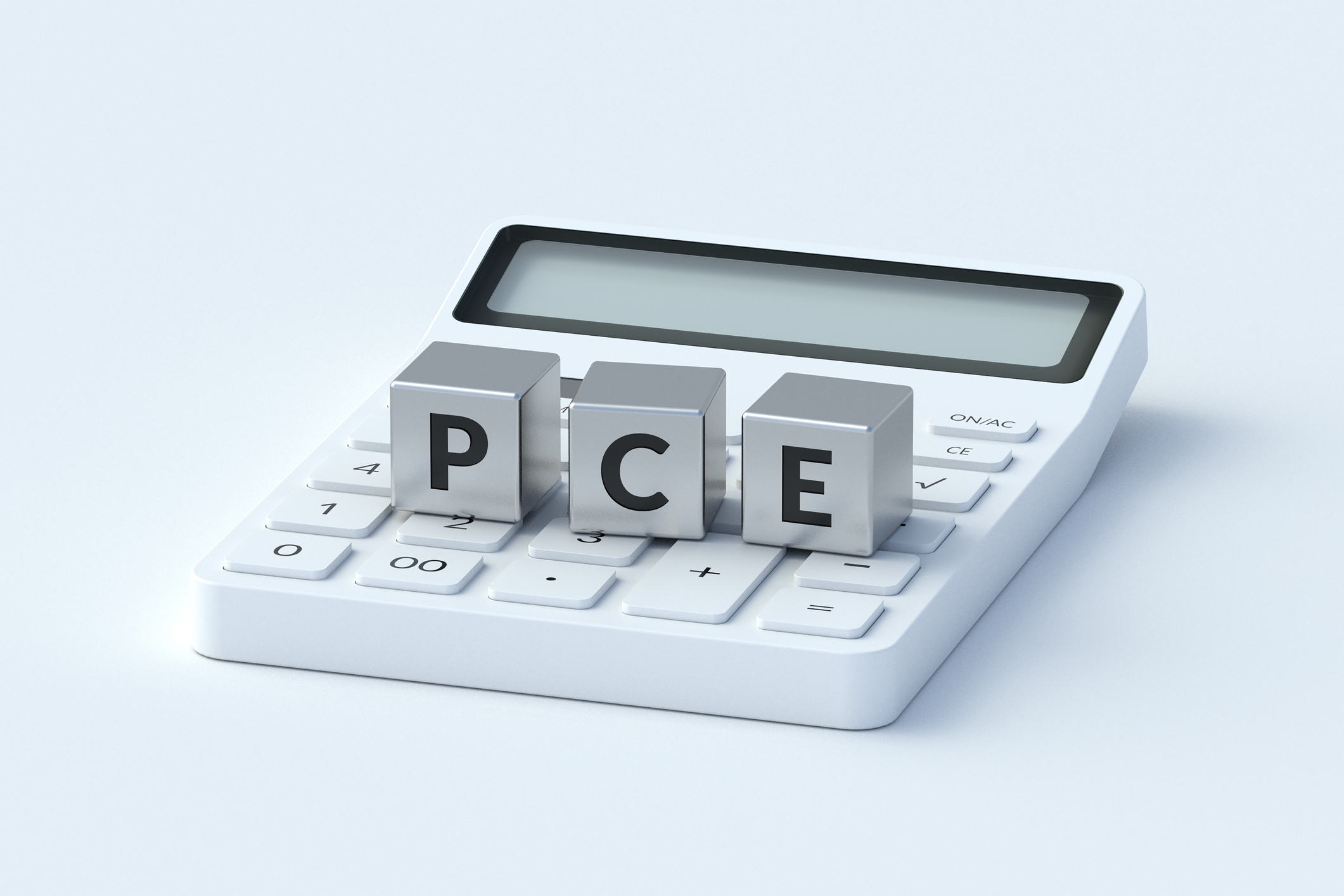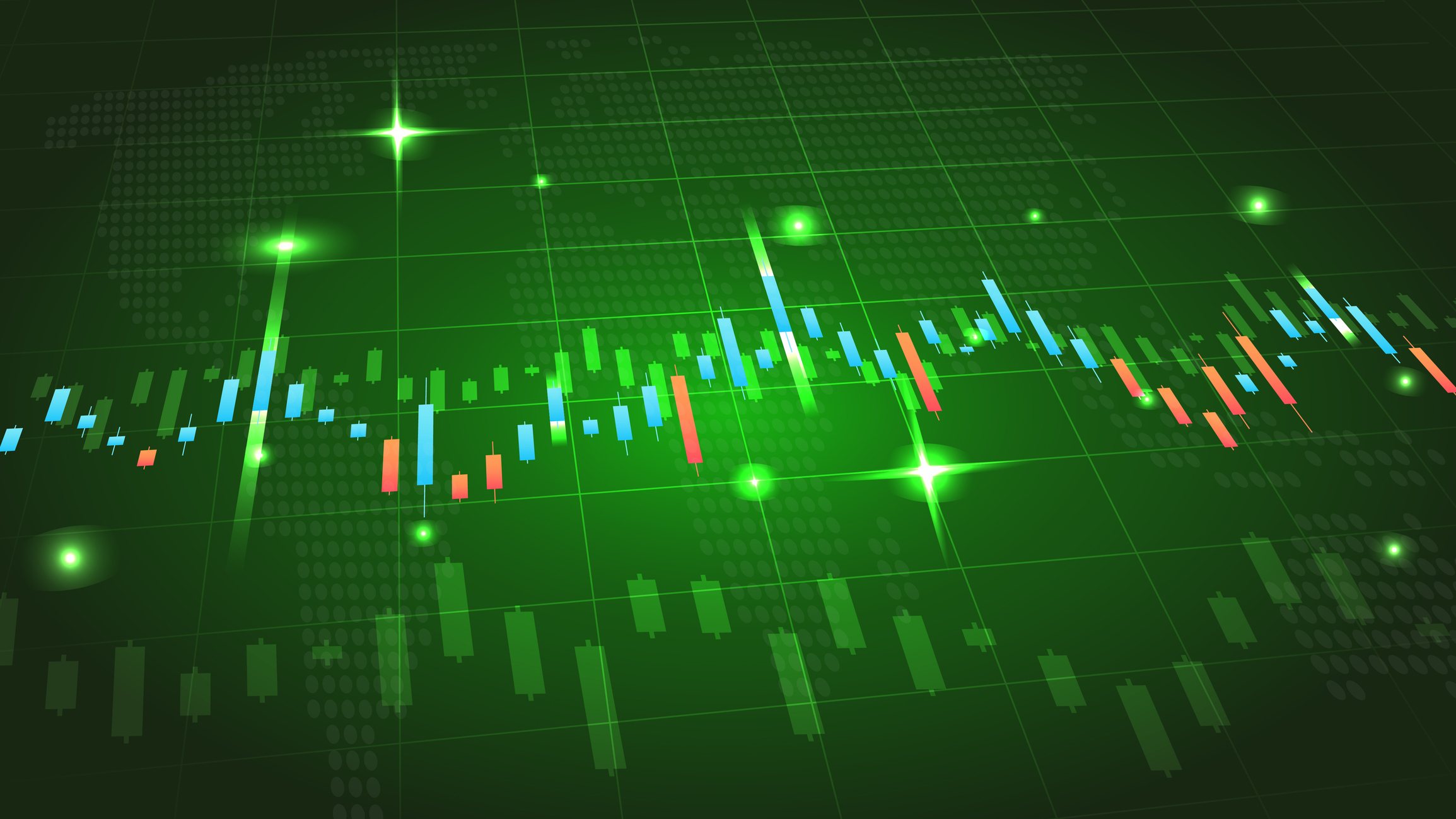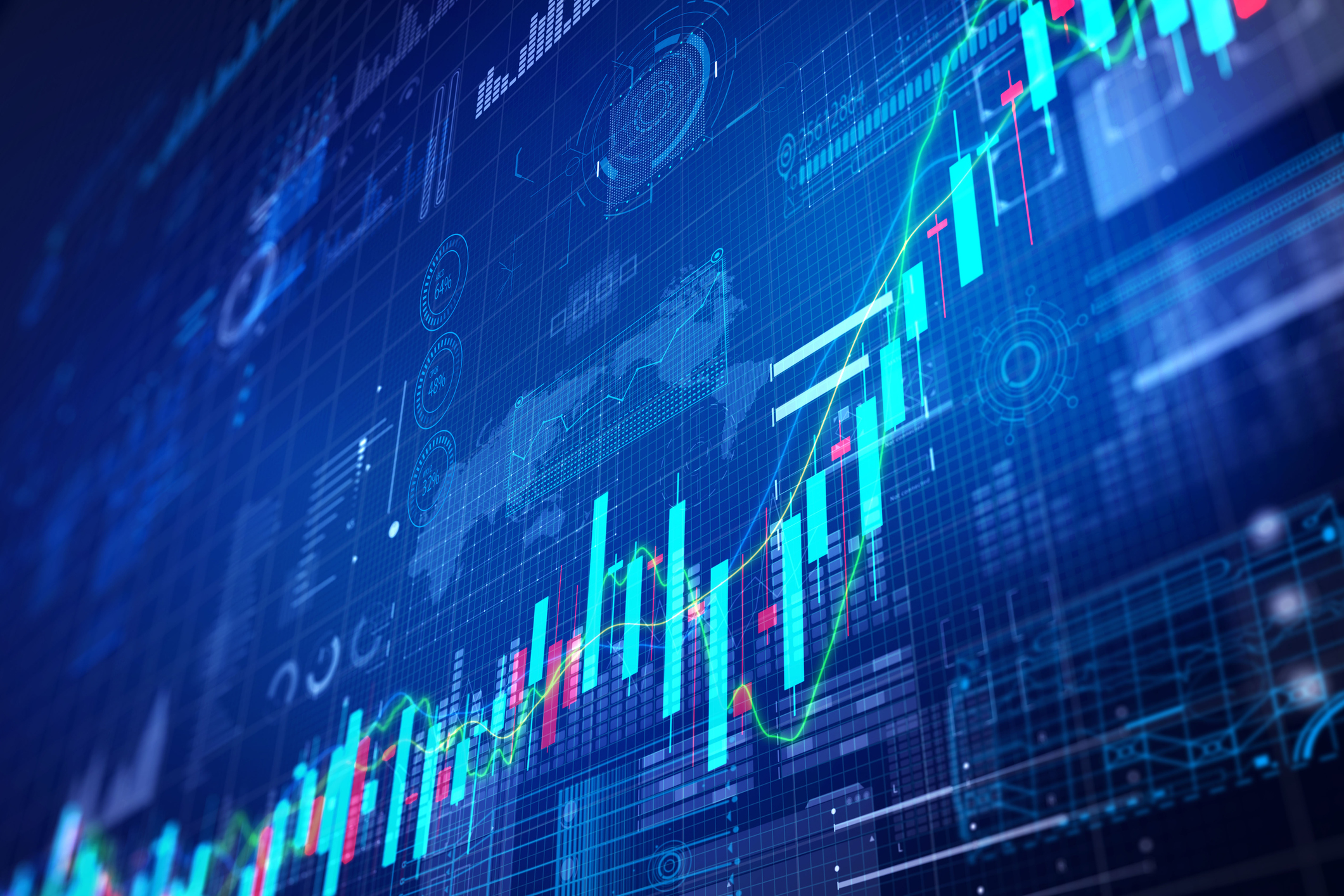Why Does the Fed Prefer PCE Over CPI?
Inflation has been top of mind for lots of folks in recent years. Most of Wall Street follows the CPI, but the Fed favors the PCE. Here's why.


The Personal Consumption Expenditures Price Index (PCE), the Federal Reserve's preferred inflation metric over the past 25 years, came in hotter than expected recently, and Wall Street wasn't pleased.
According to the Bureau of Economic Analysis, February's PCE inflation figure was up 2.8% year over year, higher than the median 2.7% increase expected by economists. While that difference wasn't huge, it added to the generally sour mood of the market in March and contributed to a widespread stock market sell-off.
What exactly is PCE inflation and how does it differ from the more commonly quoted Consumer Price Index (CPI) that's reported by the Bureau of Labor Statistics?

Sign up for Kiplinger’s Free E-Newsletters
Profit and prosper with the best of expert advice on investing, taxes, retirement, personal finance and more - straight to your e-mail.
Profit and prosper with the best of expert advice - straight to your e-mail.
More important, why does the Fed prefer the PCE over other inflation metrics such as CPI?
In 2000, former Federal Reserve Chair Alan Greenspan made the PCE the Fed's preferred inflation gauge, and every Fed chair since has confirmed it as the bank's primary measuring stick.
To understand why, let's dig into the details.
Why does the Fed use PCE instead of CPI?

CPI and PCE inflation tend to be pretty similar. However, there are a few noteworthy differences in what is included in the indexes, how things are weighted and how each index adjusts for real-world changes.
The Consumer Price Index measures out-of-pocket expenses for urban consumers on a fixed basket of goods and services. These include basics such as food, rent and gas.
The Personal Consumption Expenditures Price Index casts the net a little wider to include spending on behalf of American households by others. This means things such as employer-paid health insurance or Medicare and Medicaid benefits. As such, you could argue that the PCE gives a generally more complete picture of inflation.
This is one reason the Federal Reserve prefers the PCE over the CPI. It includes a wider assortment of items covering a larger percentage of the U.S. population.
While the CPI and PCE generally trend in the same direction, there can be some significant differences due to the weightings of items.
For example, housing accounts for a massive 33% of the CPI but only 15% of the PCE. Part of this is because the CPI focuses on urban consumers, whereas the PCE includes rural populations , whose housing tends to be cheaper.
This doesn't mean one is "right" or the other is "wrong." But to understand and interpret either, you need to know what's included in the numbers. The Fed has taken the view that the PCE's weightings are more reflective of the day-to-day reality of the typical American.
Most important perhaps is that there is a major difference in the way the two inflation metrics are calculated. The CPI uses a fixed basket of goods and services, which assumes that people buy the same things every month. It makes no allowance for behavior changes due to rising prices.
The PCE, meanwhile, uses a chained index. This accounts for how Americans substitute goods when prices change. For example, if chicken gets unusually expensive due to a bird flu outbreak, beef or pork might be comparatively cheaper.
This might encourage folks to shy away from chicken and opt for a lower-priced alternative instead.
Because the PCE reflects (or attempts to reflect) real-world spending changes, it tends to report lower and smoother inflation.
Does this mean the Fed is "cheating" by cherry-picking an inflation metric that is often lower?
Not at all.
The Fed wants to avoid getting distracted by the noise and focus on real trends.
Returning to the chicken example, the soaring price of chicken and eggs in the United States isn't due to inflation, per se. It's due to a nasty avian pandemic that is reducing the chicken population. It's a supply shock, not a demand-based surge brought on by excessively loose monetary policy.
But if food prices are rising in general, that's a different story. That would be a sign of real, systemic inflation. The PCE inflation gauge does a better job of communicating this real, systemic inflation to the Fed's policymakers.
The bottom line on PCE

Is the Fed "right" to use PCE inflation?
That's open to debate. But of the major inflation indexes tracked today, the PCE's broad product and geographic focus and its attempts to model real-world spending changes make it a worthy choice for the Fed.
Related content
Get Kiplinger Today newsletter — free
Profit and prosper with the best of Kiplinger's advice on investing, taxes, retirement, personal finance and much more. Delivered daily. Enter your email in the box and click Sign Me Up.

Charles Lewis Sizemore, CFA is the Chief Investment Officer of Sizemore Capital Management LLC, a registered investment advisor based in Dallas, Texas, where he specializes in dividend-focused portfolios and in building alternative allocations with minimal correlation to the stock market.
-
 5 Historic Philadelphia Homes for Sale Now
5 Historic Philadelphia Homes for Sale NowPhiladelphia is a goldmine of historic properties that rival the best in New York, London and Paris for charm and opulence. Here are five gems you can own.
By Charlotte Gorbold
-
 When to Sell Your Stock
When to Sell Your StockKnowing when to sell a stock is a major decision investors must make. While there's no one correct answer, we look at some best practices here.
By Charles Lewis Sizemore, CFA
-
 When to Sell Your Stock
When to Sell Your StockKnowing when to sell a stock is a major decision investors must make. While there's no one correct answer, we look at some best practices here.
By Charles Lewis Sizemore, CFA
-
 Within Five Years of Retirement? Five Things to Do Now
Within Five Years of Retirement? Five Things to Do NowIf you're retiring in the next five years, your to-do list should contain some financial planning and, according to current retirees, a few life goals, too.
By Evan T. Beach, CFP®, AWMA®
-
 The Home Stretch: Seven Essential Steps for Pre-Retirees
The Home Stretch: Seven Essential Steps for Pre-RetireesThe decade before retirement is the home stretch in the race to quit work — but there are crucial financial decisions to make before you reach the finish line.
By Mike Dullaghan, AIF®
-
 Stock Market Today: Great Power Affairs Mesmerize Markets
Stock Market Today: Great Power Affairs Mesmerize MarketsThe U.S. and China are at least talking about talking about tariffs, and investors, traders and speculators are showing a little less fear.
By David Dittman
-
 Three Options for Retirees With Concentrated Stock Positions
Three Options for Retirees With Concentrated Stock PositionsIf a significant chunk of your portfolio is tied up in a single stock, you'll need to make sure it won't disrupt your retirement and legacy goals. Here's how.
By Evan T. Beach, CFP®, AWMA®
-
 Four Reasons It May Be Time to Shop for New Insurance
Four Reasons It May Be Time to Shop for New InsuranceYou may be unhappy with your insurance for any number of reasons, so once you've decided to shop, what is appropriate (or inappropriate) timing?
By Karl Susman, CPCU, LUTCF, CIC, CSFP, CFS, CPIA, AAI-M, PLCS
-
 Stock Market Today: Stocks Rise on Good Volatility
Stock Market Today: Stocks Rise on Good VolatilityInvestors, traders and speculators continue to process the "known unknown" of global tariff-and-trade war negotiations.
By David Dittman
-
 Before You Invest Like a Politician, Consider This Dilemma
Before You Invest Like a Politician, Consider This DilemmaAs apps that track congressional stock trading become more popular, investors need to take into consideration some caveats.
By Ryan K. Snover, Investment Adviser Representative